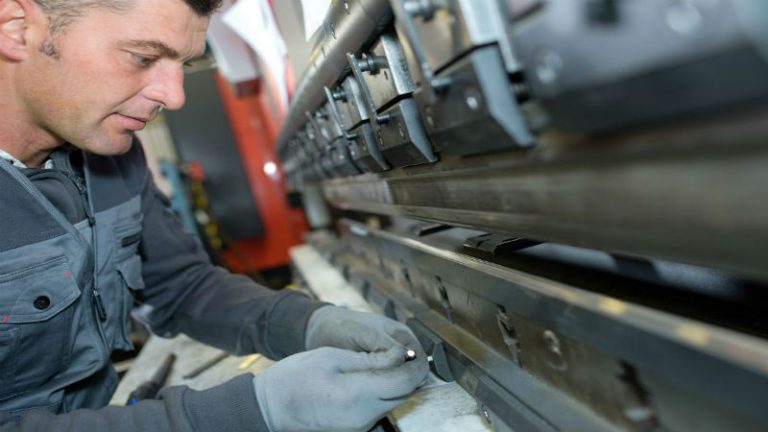Zinc plating remains a popular means of providing protection to the substrate surface of a metal. In order to improve the ability of zinc to provide a high level of corrosion resistance, metal finishing companies offer chromated zinc plating. This is available in 4 distinct types:
1. Bright zinc plating
2. Yellow or iridescent zinc plating
3. Olive drab zinc
4. Black zinc plating
Of these four types of chromated zinc plating, black zinc electroplating is popular among finishing companies and manufacturers alike.
Black Zinc Electroplating
Reliability, durability, and cost-effectiveness govern the concerns of manufacturers and consumers alike when it comes to products and their components. Everyone wants the product they purchase to be reasonably priced and long lasting. To achieve this goal requires the efforts of manufacturers, fabricators, and finishers. They must provide more than adequate protection for the products they offer. Chromated zinc electroplating – particularly black zinc plating, accomplishes this goal.
In the production of back zinc, the finisher submerses the zinc-plated components in a bath solution composed of two basic elements:
1. Dichromate or chromic acid
2. An activator (this may be nitrate, sulfate, chloride, formate, or fluoride)
The reaction produces chromated zinc. The extent of its protective qualities relies on such factors as the thickness of the coating, the specific environmental conditions for the application, the post-electroplating treatments and the use of any chromate sealers post plating. The use of a sealer is a significant means of enhancing the ability of black zinc electroplating to be successful in protecting the metal component against corrosion.
Black Zinc Plating
Zinc plating protects parts against corrosion. However, for further enhancement of these qualities, finishing companies produce chromated zinc. One popular result of this process is black zinc. Black zinc electroplating is one more tool companies have to protect their parts and products against the destructive and invasive influence of corrosion.


